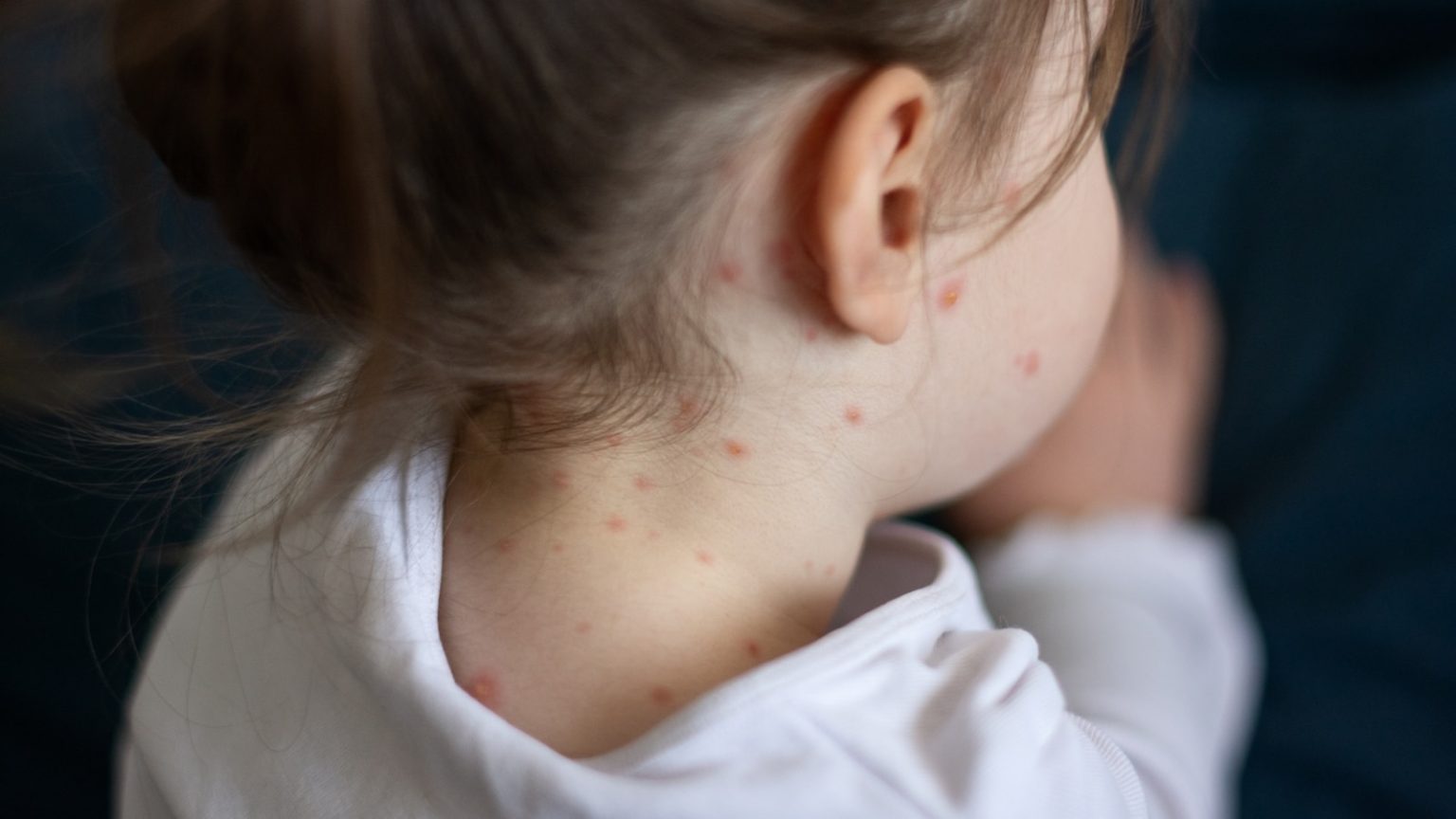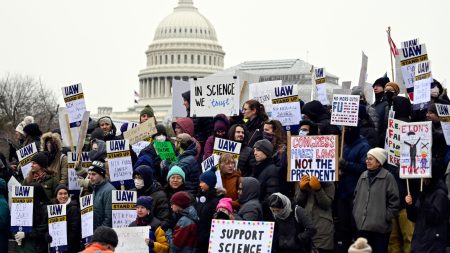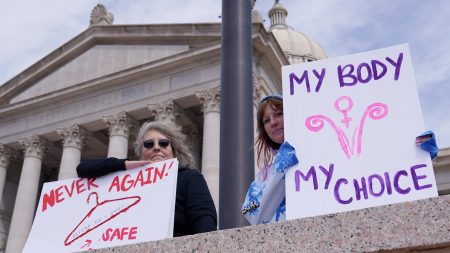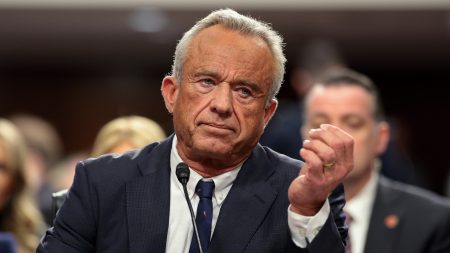The Measles Outbreak in Western Texas: A Growing Health Concern
The number of measles cases linked to an outbreak in western Texas has now reached 90, according to the latest data released on Friday. This marks the largest measles outbreak in the state in over 30 years, underscoring a troubling trend in vaccination rates and the resurgence of a highly contagious disease once considered under control. Almost all of the cases—90%—are in individuals who are either unvaccinated or whose vaccination status is unknown. Additionally, 16 people have been hospitalized, and five of the cases involve individuals who were fully vaccinated but still contracted the virus. The Texas Department of State Health Services (DSHS) has emphasized the severity of the situation, urging unvaccinated individuals to get the measles, mumps, and rubella (MMR) vaccine to protect themselves and others.
The Epidemic’s Demographics: Children and Unvaccinated Individuals Bear the Brunt
The majority of measles cases in this outbreak are among children and teenagers aged 5 to 17, with 51 cases reported in this age group. An additional 26 cases involve children aged 4 and under. These numbers highlight the vulnerability of young, unvaccinated populations to measles, a disease that can lead to serious complications, including hospitalization. The fact that only five cases involve vaccinated individuals underscores the effectiveness of the MMR vaccine in preventing measles, even though no vaccine offers 100% protection. Health officials are particularly concerned about the growing number of vaccine exemptions in certain areas, which they believe are contributing to the spread of the disease.
Gaines County: The Epicenter of the Outbreak
Gaines County has been identified as the epicenter of the measles outbreak, with 57 confirmed cases among its residents. State health data reveals a disturbing trend in this region: the number of vaccine exemptions has risen dramatically over the past decade. In 2013, approximately 7.5% of kindergarteners in Gaines County had parents or guardians who filed exemptions for at least one vaccine. By 2023, that number had more than doubled, reaching over 17.5%, one of the highest rates in Texas. This surge in vaccine hesitancy has created fertile ground for the spread of measles, a disease that thrives in areas with low vaccination rates.
The Outbreak Spreads Beyond Texas
The measles outbreak is not confined to Texas. In neighboring New Mexico, at least nine cases have been confirmed in Lea County, which shares a border with Texas. A spokesperson for the New Mexico Department of Health confirmed these cases on Friday, raising concerns about the potential for further spread across state lines. Nationally, the Centers for Disease Control and Prevention (CDC) has confirmed 14 measles cases in five states so far this year, though this number does not include the recent cases in Texas, New Mexico, or Georgia. Similar to the local outbreaks, all of these national cases involve individuals who are either unvaccinated or whose vaccination status is unknown.
Measles: A Highly Contagious and Preventable Disease
Measles is one of the most contagious diseases known to humans, with the potential to spread to up to nine out of 10 susceptible close contacts of an infected person. The virus can linger in the air for up to two hours after an infected individual coughs or sneezes, making it highly transmissible in crowded or poorly ventilated spaces. Despite its contagious nature, measles is entirely preventable with the MMR vaccine, which is safe, effective, and widely recommended by health authorities. The CDC advises that children receive two doses of the MMR vaccine: the first at 12 to 15 months of age and the second between 4 and 6 years old. One dose of the vaccine is 93% effective in preventing measles, while two doses boost efficacy to 97%.
A Call to Action: Vaccination Is Key to Ending the Outbreak
Health officials are urging anyone who is not yet vaccinated to receive the MMR shot as soon as possible. Measles outbreaks like the one in Texas serve as a stark reminder of the importance of vaccination in protecting public health. Before the measles vaccine became widely available in the 1960s, an estimated 3 to 4 million people were infected annually in the United States, with thousands experiencing serious complications or dying from the disease. Thanks to widespread vaccination, measles was declared eliminated in the U.S. in 2000. However, the recent resurgence of measles in Texas and other states highlights the need for continued vigilance and the importance of maintaining high vaccination rates to prevent future outbreaks. By getting vaccinated, individuals not only protect themselves but also help safeguard their communities, especially vulnerable populations such as young children, pregnant women, and those with weakened immune systems.















